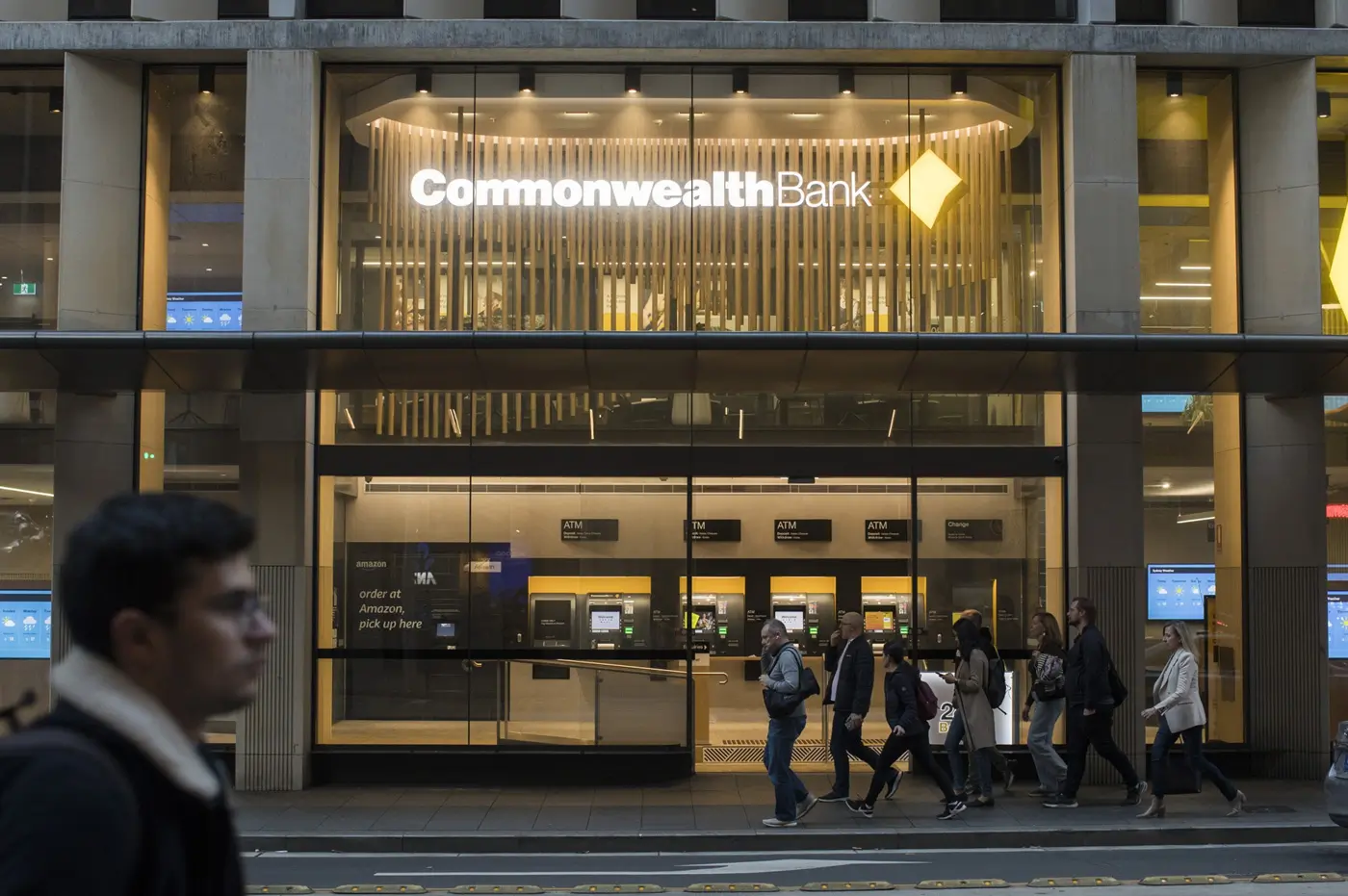In the corporate world, where every word spoken and written can impact a company’s reputation, crafting a brand voice that truly resonates is not just a strategic advantage—it’s a necessity. A corporate brand voice goes beyond language; it embodies the company’s ethos, values, and vision, translating them into a consistent and compelling narrative that speaks directly to its diverse audience. This article explores the sophisticated elements required to build a corporate brand voice that aligns seamlessly with organisational goals and adapts to the ever-changing market landscape, ensuring long-term success.
Strategic Foundations of a Corporate Brand Voice.
Articulating the Company’s Ethos and Cultural DNA.
The journey to a resonant brand voice begins with a deep dive into the company’s core—its ethos and cultural DNA. These foundational elements are the bedrock upon which the brand voice is built. For large corporations, this means going beyond mission statements and taglines and genuinely understanding what the company stands for. Involves extensive internal research, including interviews with leadership and employees, to uncover the intrinsic values that define the company. These values must then be distilled into a voice that is authentic, consistent, and reflective of the corporate identity, ensuring that every communication piece resonates with the same authenticity.
Mapping Brand Voice to Organisational Objectives.
A resonant brand voice is not developed in isolation—it must be intricately tied to the company’s strategic objectives. Whether the goal is to expand market share, enter new markets, or reinforce thought leadership, the brand voice should serve as a strategic tool that helps achieve these ends. For instance, if a corporation aims to position itself as an innovator in its industry, the brand voice should reflect cutting-edge thinking and forward-looking perspectives. This alignment ensures the brand voice is consistent and purposeful, driving the company toward its long-term goals.
Differentiating Through Unique Value Propositions.
In a competitive market, differentiation is critical. A corporate brand voice should reflect the company’s values and highlight its unique value propositions. This is where the voice can become a powerful differentiator by clearly articulating what sets the company apart from its competitors—whether it’s unparalleled expertise, innovative solutions, or a commitment to sustainability—the brand voice can help the company stand out in a crowded marketplace. This differentiation is crucial for building a solid brand identity that resonates with stakeholders.
The Art of Balancing Professionalism and Relatability.
Crafting an Authoritative Yet Human Tone.
Maintaining an authoritative voice is essential for large corporations, but this should not come at the expense of relatability. A successful corporate brand voice strikes a balance between professionalism and approachability. This means using clear and direct language without being overly technical or jargon-laden unless the audience demands it. The tone should reflect confidence and expertise, instilling trust in the audience while being warm and engaging to foster a connection. This human element is essential in industries where customer relationships are key to success.
Tailoring Communication for Diverse Stakeholders.
Corporations often have various stakeholders, from investors and board members to employees and customers, each with different communication needs. Tailoring the brand voice to suit these varied audiences is essential. For instance, communication with investors might require a more formal and data-driven tone, while internal communications might be more conversational and motivational. Understanding the nuances of each audience segment and adapting the brand voice accordingly ensures that the company communicates effectively across all levels.
Leveraging Storytelling to Enhance relatability.
Storytelling is a powerful tool for making a corporate brand voice more relatable. By weaving narratives that reflect the company’s journey, values, and successes, corporations can create a more engaging and memorable brand experience. Storytelling can be used across various platforms, from corporate websites and social media to internal newsletters and annual reports, to create a cohesive and compelling brand narrative. This not only humanises the brand but also helps to build an emotional connection with the audience.











